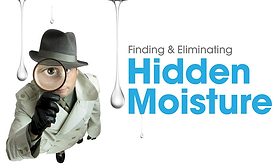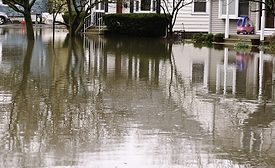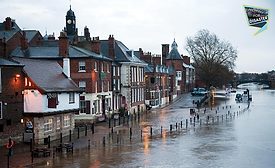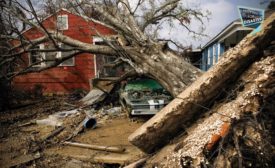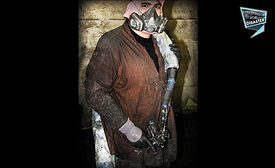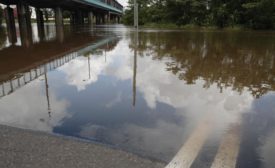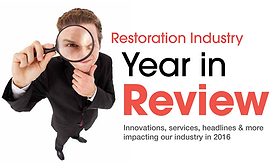Home » flood damage restoration
Articles Tagged with ''flood damage restoration''
National Flood Program Requirements for Flood Damage Estimates
Estimating damages after the deluge.
Read More
R&R Q&A: Lessons from Hurricane Matthew
Sometimes you chase, and sometimes the storm comes to you.
April 10, 2017
2016 Restoration Industry Year in Review
Innovations, services, headlines & more impacting our industry in 2016
Read More
Stay ahead of the curve with our eNewsletters.
Get the latest industry updates tailored your way.
JOIN TODAY!Copyright ©2024. All Rights Reserved BNP Media.
Design, CMS, Hosting & Web Development :: ePublishing
